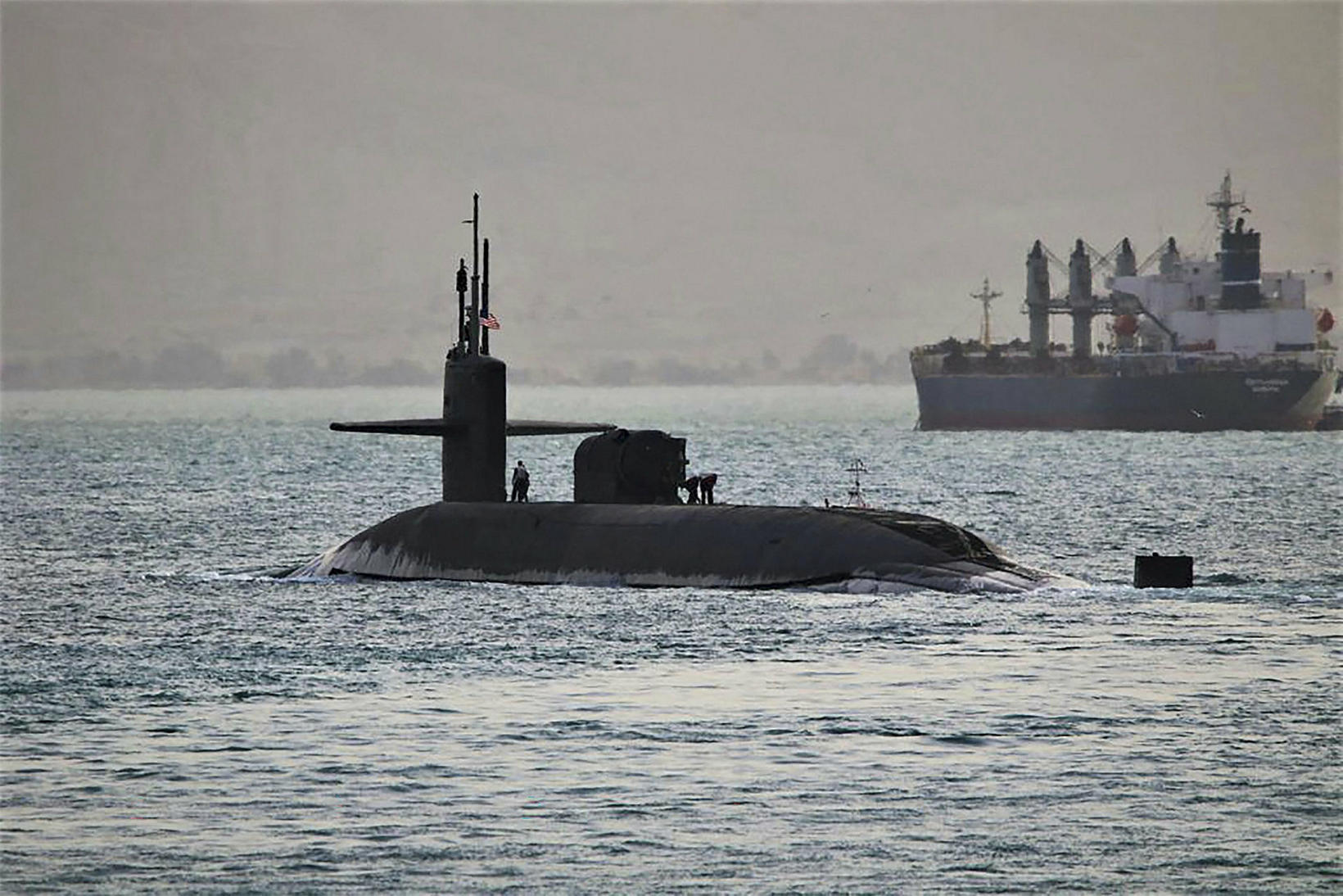US submarines will be serviced in Iceland
The Minister of Foreign Affairs has informed the US government that the Navy’s nuclear-powered submarines will be allowed to make short stops in Iceland to stock up on food and replace crew members.
The announcement from the Governing Council states that this decision by the Minister of Foreign Affairs is part of the Icelandic government’s policy of supporting increased surveillance and response capabilities of allied countries in the North Atlantic.
The first submarine is coming
The first submarine is expected to arrive in the near future. The ship will be served a few miles off the coast of Iceland but will not come to the port.
Submarines of the same type are called at regular intervals in most NATO Member States, including ports in Norway and the Faroe Islands for many decades.
“The service visits help to enhance the continuous and effective Community submarine monitoring, ensuring better status awareness and improving safety of underwater infrastructure such as marine cables in the waters around Iceland. The frequency of visits will depend on the need,” the notice stated.
“The Prime Minister and the Minister of Foreign Affairs emphasize that it is a condition of the entry of coalition warships into the country that the governments in the relevant states both know and respect Iceland’s national security policy provisions that Iceland and Iceland’s territorial integrity is protected from nuclear weapons, taking into account international obligations,” it stated.
It is noted that this position was reaffirmed in the communication from the Secretary of State to the US Administration.
The submarines authorized to stop here do not carry nuclear weapons under U.S. policy and are not equipped to do so.
All nuclear powered
All US military service submarines, both combat submarines, such as those that will stop here, and nuclear-carrying missile submarines, are nuclear-powered.
The notice notes that there are no regulations or laws in force in Iceland that distinguish between watercraft vessels based on the source of power that powers them.
“All vessels are authorized to cross Icelandic territory for peaceful purposes under the United Nations Convention on the Law of the Sea. However, the government of a state must apply to the Ministry of Foreign Affairs for permission to stay in territorial waters. If such permission is granted, it is subject to conditions and regulations that are laid down for such visits,” stated the announcement.
The procedures for these service visits have been established in close cooperation with the Ministry of Foreign Affairs, the Ministry of Radiation Protection, the Icelandic Coast Guard and the Office of the Icelandic Police Commissioner. They are similar rules as there are in neighbouring countries.
Non-nuclear weapons
The Icelandic government has consulted with the governments of neighbouring states that have had many decades of experience with similar service visits by submarines and have also made it a condition of non-nuclear weapons on board, the announcement said. The Minister of Foreign Affairs has presented the matter to the government, as well as the Foreign Affairs Committee and the National Security Council, who have been informed of the matter.
The Icelandic and US governments are said to have in recent years increased cooperation regarding surveillance and preparedness in the North Atlantic.
“Iceland has been providing host state support for submarine aircraft in Keflavík for some time to the United States and other coalition countries in Keflavík. The support currently provided by allowing the entry of submarines is part of Iceland’s defense commitments and an important contribution to the common defense of the NATO countries.”
Three types of submarines
The United States Navy has a total of three types of submarines, namely rocket submarines, attack submarines and cruise missile submarines. All of these are nuclear-powered.
The Ohio-class submarines in the United States have a rocket propulsion submarine (SSBN) design. They are commonly known as “boomers”, specifically designed for the purpose of launching nuclear weapons.
The United States has a total of 14 Ohio boats, each capable of carrying 20 Trident-class nuclear weapons. The craft will have a life expectancy of at least 15 years without needing heavy maintenance, but each boat will normally remain at sea for 77 days.
Fast and quiet
The USS SSN attack submarines are of three types, namely the Los Angeles, Seawolf and Virginia-type. The Los Angeles-class submarines form the backbone of the submarine fleet, with a total of 40, 30 of which are designed for guided missile attack. The guided missiles used by the boats are the Tomahawk-type.
The Seawolf is composed of three submarines, and they are said to be very fast and quiet. Their primary purpose is to hunt down and destroy other submarines with torpedoes. There are 12 Virginia navy ships, and they are still in full production. These boats are intended to replace the Los Angeles-type submarines.
Four guided missile submarines
The USS GGSs are originally Ohio-class guided missile submarines, like the rocket submarines, but were modified between 2002-2007. In total, the Navy has four guided missile submarines, each capable of carrying 154 Tomahawk guided missiles.
They are also intended to provide a kind of jumping-off point for Navy SEALS, each boat being able to carry up to 66 SEALs and their equipment.


/frimg/1/57/93/1579337.jpg)
/frimg/1/57/94/1579405.jpg)




